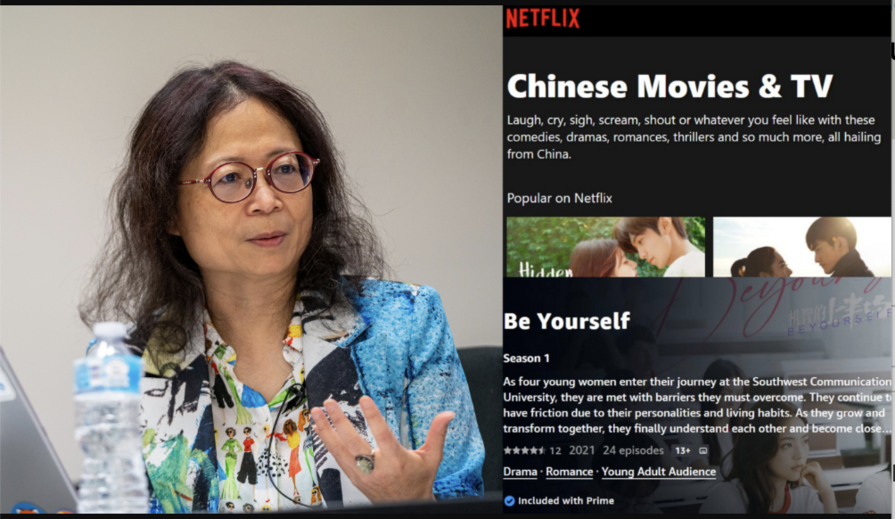Li-Chun Li, Ph.D.
Abstract (Summary)
This study investigated how effort and worry affected the learning of Chinese distance learners in Taiwan. A theoretical model which indicated the causal relationships of selected variables was proposed in this study.
Subjects of this study were 598 students who enrolled in the course "Selected English Readings" from the National Open University in Taiwan. Two questionnaires were administered at two different times. Students' achievement was measured by their midterm examination scores.
This study employed the structural equation modeling, using LISREL VII program (Joreskog & Sorbom, 1989), to assess the proposed model. The theoretical model was revised by removing four insignificant paths and adding four new paths.
The results showed that (a) students perceived TV to be easier than print, (b) students invested more effort in print than in TV, (c) the easier TV was perceived by students, the more effort they invested in TV, but the less effort they invested in print; similarly, the easier the print was perceived by students, the more effort they invested in print, but the less effort they invested in TV, (d) students' invested effort in print was positively affected by their perceived goal attainment, but negatively affected by the situational deterrents to study, (e) students' effort investment had no influence on their academic achievement, (f) students' state worry, not trait worry, had a strong negative influence on their academic achievement, (g) students' trait worry had positive influences on their state worry and on their invested effort in print, and (h) students' state worry had a positive effect on their state effort; students' state effort had a negative effect on their state worry.
Three implications of this study: (a) it provides a new direction for future studies on distance learning, (b) it provides a better understanding of the impact of distance learning for Chinese students, and (c) using the structural equation modeling, the relationships among effort, worry, and students' academic achievement were explicitly described. (Copies available exclusively from Micrographics Department, Doheny Library, USC, Los Angeles, CA 90089-0182.)
Advisor: O'Neil, Harold



